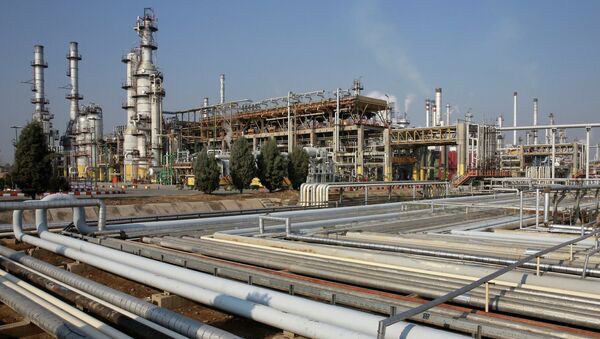"The real numbers, we are starting to see, do suggest the pace of return has been a bit quicker than we anticipated but it is not that much quicker and I don't think it is affecting the balances materially for 2016. And there is an upper limit because Iran can only go back to where it was when sanctions were imposed," Atkinson told the Bloomberg media outlet.
He noted that Iran's return as an oil exporter is balanced by production declines in other countries.
"Don't forget that it has been offset to some extent by falls anywhere. For example, in Venezuela and Nigeria we have had a fall off earlier this year. So, yes, Iran is going up quicker but it has been offset by falls off elsewhere," Atkinson said.
He also added that the oil market is getting closer to equilibrium meaning prices will gradually increase.
Iran got the opportunity to resume oil trade since it reached an agreement with leading world powers, according to which it pledged to guarantee the peaceful nature of its nuclear activities in exchange for the sanctions against it being lifted.
In mid-January, the European Union and, in part, the United States, removed the economic sanctions imposed on Iran after the International Atomic Energy Agency (IAEA) verified Tehran’s compliance with the nuclear agreement.



